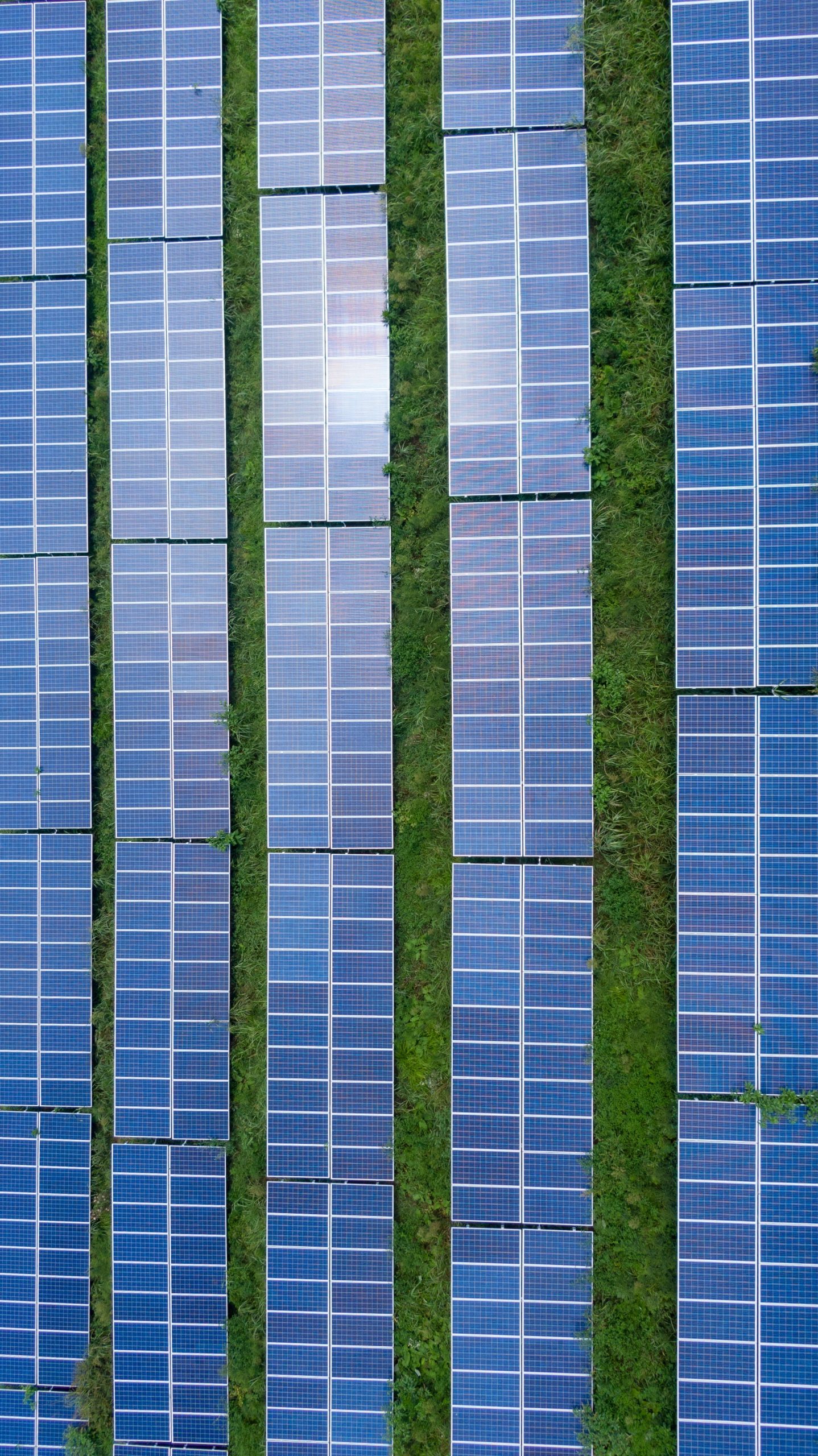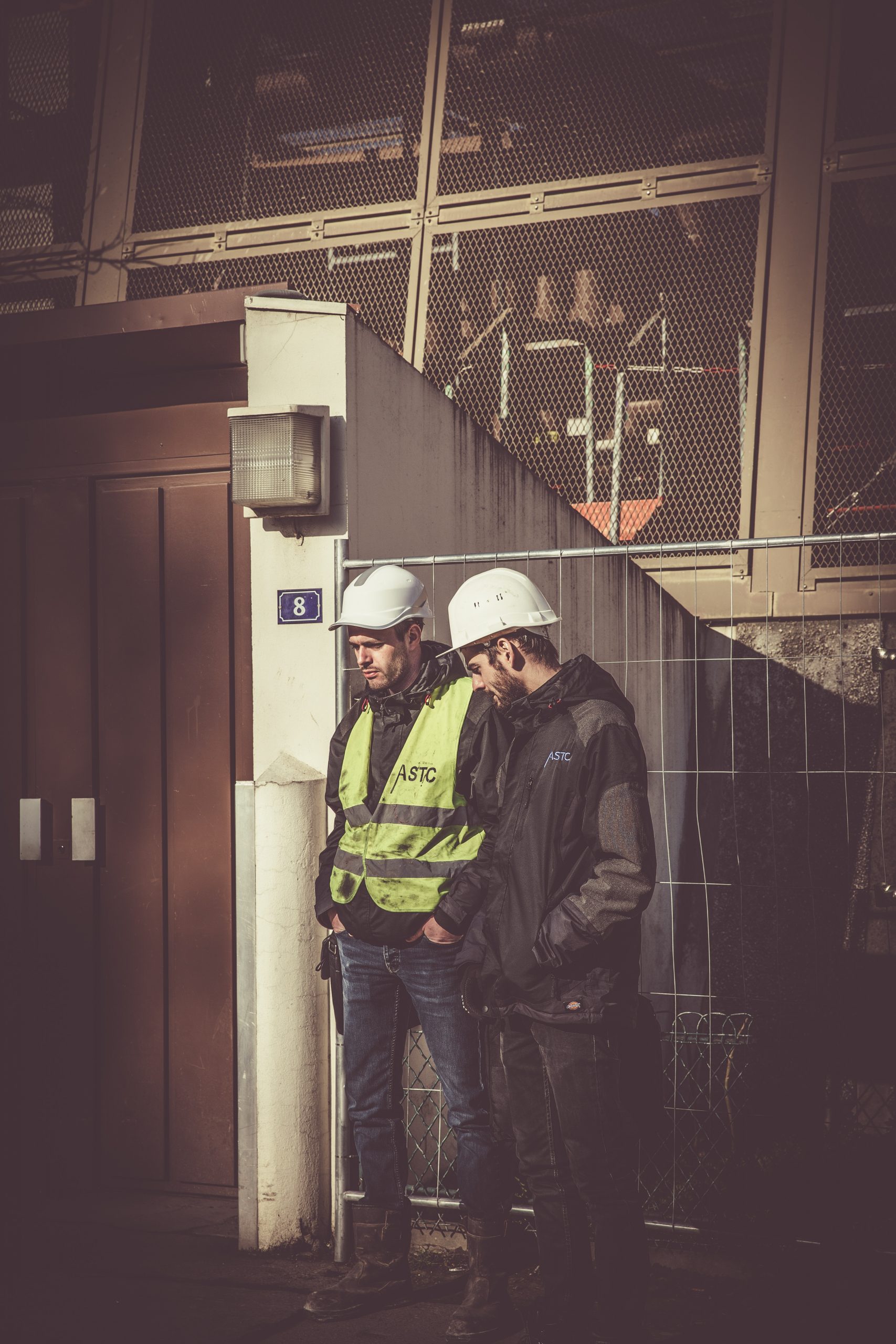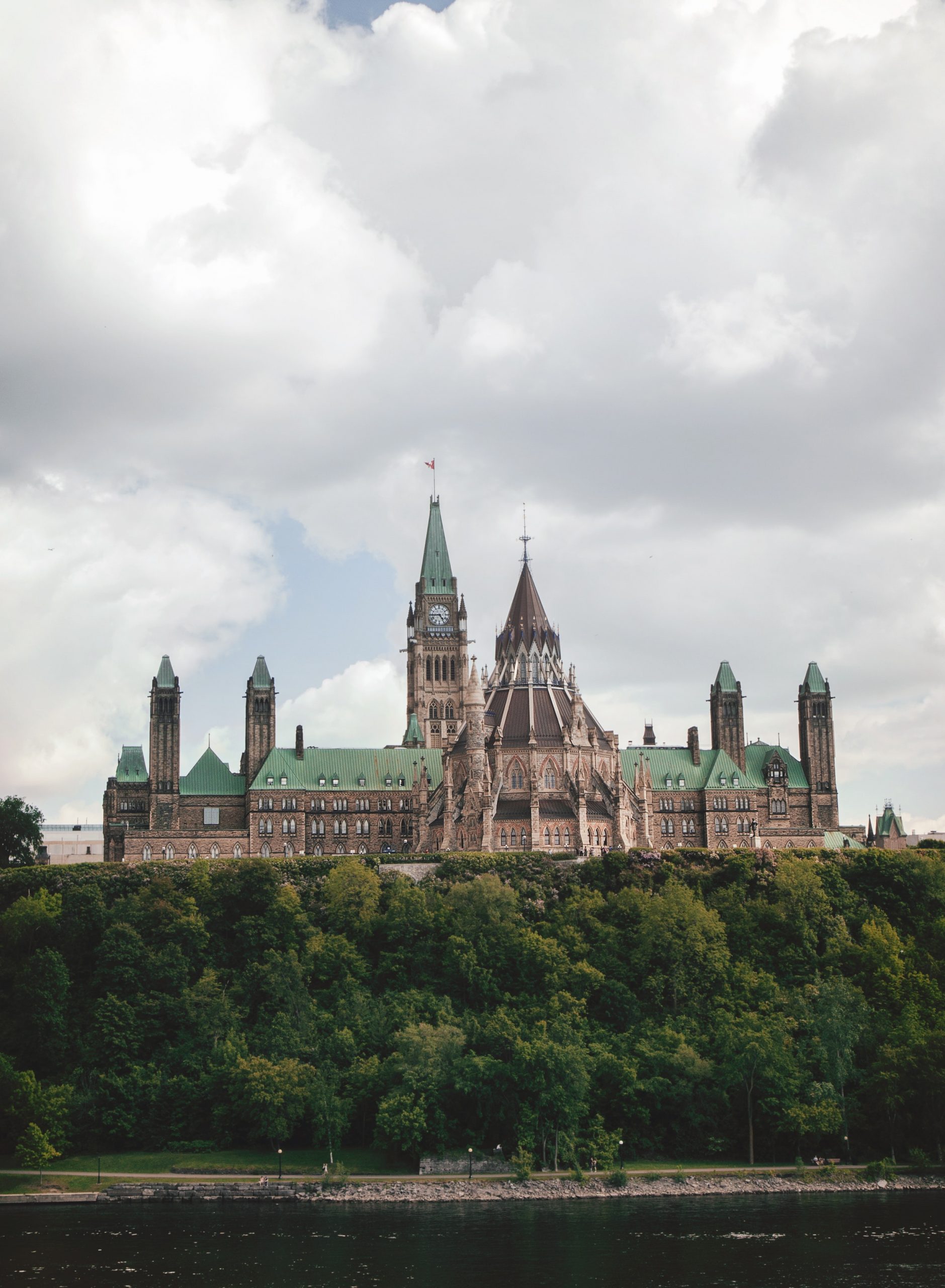Canada is at a crossroads for inclusive and equitable climate action. We need to build a green economy that ensures existing jobs are more environmentally sustainable while simultaneously creating new, decent-paying, full-time, safe jobs for all peoples in all sectors of the economy.
Under the umbrella of the Green Economy Network (GEN), we have come together as members of labour unions, environmental, faith, and social justice organizations to form a common front for a just, inclusive, and environmentally sustainable Canadian economy.
The current critical moment in history can be characterized as a “triple-E” crisis.
Des Solutions Complètes à une Crise Complexe
First, we face an economic crisis. Unemployment, precarious work, stagnation, financial volatility, dependence on oil, and increased energy costs are among the symptoms of our broken economic system.
Second, we face an environmental crisis. Climate change and global warming threaten not only global ecosystems but also our very civilization.
Third, we face an equity crisis. Income inequality, social exclusion, poverty, and increased disparities of gender, age, race, and class are fraying the social fabric.
Energy production, transportation, and energy use in buildings account for more than 80% of annual GHG emissions in Canada. Transforming these three sectors will not only reduce harmful emissions but will also create a substantial number of new decent climate jobs.

Un Million D'emplois Verts
GEN’s Three Pillar Plan of our Common Platform aims to transition Canada from a carbon-based economy to a green economy that will create an estimated one million climate jobs over five years.
Confronted with a Triple-E crisis, we must purse Triple-E solutions. The GEN policy plan aims to address all three crises at the same time by asserting that the combination of massive public investments, new job creation, and GHG emission reduction is a real economic, social, and political alternative in the fight against climate change.
Énergie
The production and consumption of fossil fuels is the main cause of GHG emissions in Canada and must be phased out over time. Fortunately, Canada has enormous potential to become a clean energy superpower by transitioning from fossil fuels to renewable alternatives.
The accelerated development of clean, renewable energy sources will require committed leadership and effective public investments. While the private sector will continue to play an important role, governments must lead the way with a multi-pronged clean energy development strategy grounded in public and community ownership, strong regulations, ambitious programs, and significant infrastructure investments.

Politique #1 Une Stratégie de Développement de l’énergie Renouvelable
The federal government must establish a Renewable Energy Development Strategy to invest $24 billion over five years in clean energy projects. The strategy will stimulate the development of renewable energy sources in every part of the country with an emphasis on wind, solar, geothermal, and tidal power.
Politique #2 Éliminer les Subventions au Secteur de l’énergie Fossile
The federal government must immediately withdraw annual subsidies to the fossil fuel sector. Eliminating tax breaks, research funding, and other direct and indirect subsidies will free up $34 billion over five years to fund alternative, green investments, including renewable energy projects.
Transports
Canada is dangerously dependent on conventional private automobiles for passenger transportation. We must urgently rethink how people move within and between municipalities.
Major investments are needed to enhance our public transit and intercity passenger rail capacity. We propose a National Public Transportation Strategy, developed in partnership with the provinces and territories, that prioritizes the expansion of public transit and high-speed rail.

Politique #3 Développer les Systèmes de Transport en Commun
The federal government must invest in the development and expansion of public transit systems in urban centres across the country. We call for $54 billion over a five-year period to cover capital costs in municipal public transit systems. Existing federal funding plans are limited to two-thirds of this total, so new funding of approximately $18 billion will be required from other levels of government.
Politique #4 Un Réseau de Trains à Grande Vitesse
The federal government must invest in the development of high-speed rail systems in urban corridors. GEN calls for a $26 billion investment to design and build three key High-Speed Rail (HSR) projects. Roughly $20 billion would go towards building the Québec City – Montréal – Toronto – Windsor highspeed corridor; $4 billion would go towards an HSR link between Calgary and Edmonton; and $2 billion would go towards a high-speed link between Vancouver and Seattle.
La Rénovation Énergétique
Energy use in homes and buildings is a major source of greenhouse gas emissions in Canada. Fortunately, investing in energy efficiency and conservation can boost productivity, reduce costs, and create jobs in every part of the country while improving our air and water.
The federal government, in partnership with the provinces, territories, municipalities and First Nations, must implement an ambitious Green Homes and Green Buildings Strategy. Past government programs have only succeeded in retrofitting 8% of the national building stock due to their limited funding. GEN calls for $30 billion in new spending over five years to retrofit a significant portion of residential, commercial, and public buildings across Canada.
In addition to reducing emissions, an investment of this size will create tens of thousands of jobs in the process.

Politique #5 Un Programme de Résidences Vertes
The federal government must create a Green Homes Program designed to retrofit 40% of Canadian residential buildings with a goal of increasing energy efficiency (and reducing energy costs) by 30% in each home. The program must also aim to reduce energy bills by an average of 30% in 150,000 low-income homes. This program would include low-income housing grants, property tax financing, on-bill repayments (“pay as you save programs”), renovator training, mandatory labelling, and retrofit standards as part of an improved building code.
Politique #6 Un Programme d’édifices Verts
The federal government must create a Green Buildings Program designed to improve the technical and operational efficiency of all non-residential buildings (industrial, commercial, business and public) across Canada by 50% over the next ten years and require all new buildings to be net-zero by 2025. The program would include mandatory labelling, performance-based conservation data, regional efficiency centres, loan guarantees, property tax-based financing, and support for new net-zero buildings.
La Transition Juste
Although the benefits are significant, the transition to a green economy will have costs for some workers and their communities. To ensure the green transition is fair, sustainable, and participatory, decision-making processes must be democratized through community consultations and participation.
All levels of government – federal, provincial, territorial, municipal, and First Nations – need to work together to deliver programs to support the communities most affected by the shift to a cleaner economy.

Politique #7 Une Loi sur le Changement Climatique, les Emplois et une Transition Juste
Canada must adopt a Climate Change, Jobs, and Just Transition Act. This Act would include a legally binding framework to reduce domestic GHG emissions in line with our international commitments; clear objectives and commitments to create green jobs, and clear commitments to implement Just Transition policies where they’re needed most.
Politique #8 Un Fonds pour la Transition Juste
The federal government must establish a Just Transition Fund to assist workers affected by climate change initiatives. The fund should support workers upgrading their skills for other employment, including employment in renewable energy production, energy efficiency, and public transit. These Just Transition measures must also ensure that workers in marginalized urban and rural communities have new employment and training opportunities in these and other industries.
Financer Nos Politiques
A successful transition to an equitable, low-carbon economy will require significant public investment. In addition to making green economy spending a higher budget priority, governments should expand climate-specific revenue streams to fund new program spending.

Politique #9 Renforcer la Tarification du Carbone
The federal government must enhance the long-term ambition of national carbon pricing regulations. Currently, the minimum carbon price is only set to increase by $10 per tonne of CO2e until 2022. To drive structural changes to the economy, the price must continue to increase by $10 per year until at least 2030. Exceptions to the carbon price, such as emissions-intensity standards for heavy industry, must be completely phased out over time. All carbon pricing revenues collected by provincial governments should be redirected toward climate and just transition program spending.
Politique #10 Des Obligations Écologiques
Governments at all levels should offer green bonds to raise funds for specific green economy projects. Both large-scale and community-centred renewable energy projects can be supported in this way, as well as public transit initiatives and home and building retrofits.
Le Prix de ne Rien Faire
Inaction is expensive. Billions of dollars are spent already as a result of extreme weather events that have become commonplace in Canada and around the world.
The struggle against climate change is now inextricably linked to the struggle against a failing economic system characterized by rising inequality. Faced with the Triple-E crisis of environment, economy, and equity, we must embrace bold progressive solutions that tackle these issues holistically. The trilogy of public investments, new job creation, and GHG emission reductions sets a clear path ahead.
A new economic model for Canada – one which is clean and sustainable, just and participatory – is necessary if we are to build a better world in the 21st century and ensure a habitable planet for future generations.
